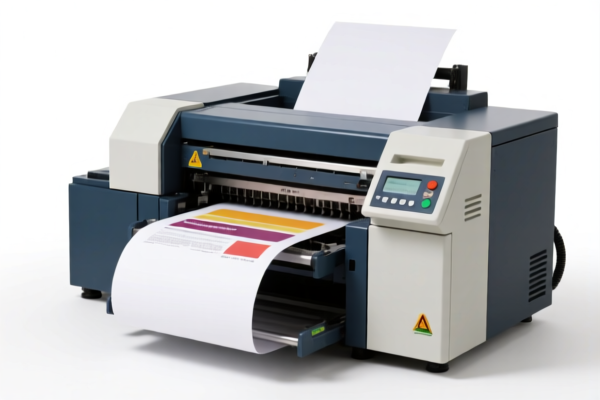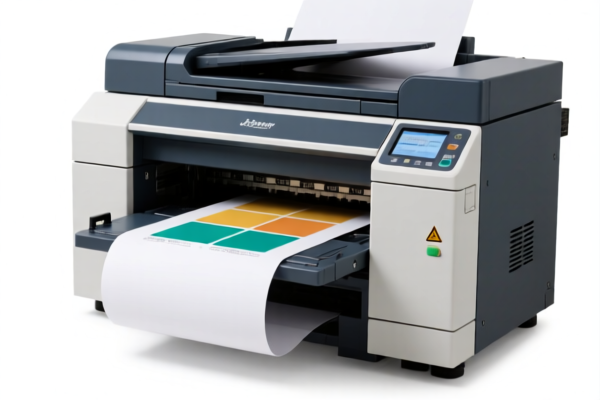| HS Code | Official Doc | Tariff Rate | Origin | Destination | Effective Date |
|---|---|---|---|---|---|
| 3701996030 | Doc | 55.0% | CN | US | 2025-05-12 |
| 3701996060 | Doc | 55.0% | CN | US | 2025-05-12 |
| 3702100030 | Doc | 58.7% | CN | US | 2025-05-12 |
| 3702100060 | Doc | 58.7% | CN | US | 2025-05-12 |
| 3919905060 | Doc | 60.8% | CN | US | 2025-05-12 |
| 3919901000 | Doc | 61.5% | CN | US | 2025-05-12 |
| 3921190010 | Doc | 61.5% | CN | US | 2025-05-12 |
| 3921904010 | Doc | 34.2% | CN | US | 2025-05-12 |
| 4008210000 | Doc | 55.0% | CN | US | 2025-05-12 |
| 4008294000 | Doc | 57.9% | CN | US | 2025-05-12 |
| 4016990300 | Doc | 58.0% | CN | US | 2025-05-12 |
| 4016990500 | Doc | 40.9% | CN | US | 2025-05-12 |
| 4823901000 | Doc | 55.0% | CN | US | 2025-05-12 |
| 4823906000 | Doc | 55.0% | CN | US | 2025-05-12 |
| 4821102000 | Doc | 55.0% | CN | US | 2025-05-12 |
| 4821104000 | Doc | 55.0% | CN | US | 2025-05-12 |




Printing Film
Printing film, also known as photographic film, is a light-sensitive material used to capture static images. It consists of a flexible base, typically plastic, coated with a gelatin emulsion containing silver halide crystals. Exposure to light causes changes in these crystals, forming a latent image. This latent image is then chemically developed to create a visible image.
Material Composition:
- Base: Historically cellulose nitrate, then cellulose acetate, now primarily polyester. Polyester offers greater stability and tear resistance.
- Emulsion: Silver halide crystals (silver bromide, silver chloride, silver iodide) suspended in gelatin. The size and structure of these crystals influence the film's sensitivity and image characteristics.
- Anti-halation Backing: A dark layer on the back of the film to prevent light reflection, improving image clarity.
- Protective Overcoat: A layer to protect the emulsion from scratches and damage.
Purpose:
The primary purpose of printing film is to record images for subsequent processing and viewing as either negatives or positives (prints). It’s used in both still photography and motion picture production.
Function:
- Light Sensitivity: Silver halide crystals react to photons of light.
- Latent Image Formation: Light exposure creates a subtle, invisible change in the crystals proportional to the intensity and duration of light.
- Development: Chemical processing amplifies the latent image, converting exposed crystals into metallic silver, forming the visible image.
- Fixing: Unexposed silver halide crystals are removed, making the image stable and insensitive to further light exposure.
Usage Scenarios:
- Photography: Capturing images for artistic expression, documentation, and personal memories.
- Cinematography: Recording motion pictures for film and television.
- Archival purposes: Creating long-lasting records due to the inherent stability of properly processed film.
- Scientific Imaging: Specialized films are used for X-ray imaging, spectroscopy, and other scientific applications.
Common Types:
- Black and White Film: Contains only one layer of silver halide crystals, producing monochrome images. Often favored for artistic expression and archival purposes.
- Color Negative Film: Contains multiple layers sensitive to different colors (red, green, blue), producing a negative image that requires printing to create a positive.
- Color Positive (Slide) Film: Also multi-layered, but produces a positive image directly after processing. Commonly used for projections and high-quality reproductions.
- Infrared Film: Sensitive to infrared light, allowing for unique visual effects and specialized applications like surveillance and art.
- Motion Picture Film: Specifically designed for cinema, often with perforations for mechanical transport through cameras and projectors. Different gauges (e.g., 35mm, 16mm) exist.
- Instant Film: Contains all the chemicals needed for development within the film itself, producing a finished print shortly after exposure (e.g., Polaroid).
Printing film can be categorized based on its material, use, and application. The provided reference material details several relevant HS codes pertaining to photographic and printing films.
Here are the HS codes related to printing film, based solely on the provided information:
-
3701996030: This HS code falls under Chapter 37 – Photographic or cinematographic goods. Specifically, it covers Heading 3701 – Photographic plates and film in the flat, sensitized, unexposed, of any material other than paper, paperboard or textiles; instant print film in the flat, sensitized, unexposed, whether or not in packs. The Subheading 3701996030 further specifies "Other: Other: Dry plates". This would apply to printing film made of materials other than paper, paperboard, or textiles, and is unexposed. The total tax rate is 55.0%, comprised of a 0.0% base tariff and a 25.0% additional tariff, increasing to 30.0% after April 2, 2025.
-
3701996060: Also under Chapter 37, Heading 3701, this HS code specifies "Other: Other: Other Other". Similar to 3701996030, this covers printing film made of materials other than paper, paperboard, or textiles, and is unexposed. The total tax rate is 55.0%, comprised of a 0.0% base tariff and a 25.0% additional tariff, increasing to 30.0% after April 2, 2025.
-
4821102000: This HS code falls under Chapter 48 – Paper and paperboard; articles of paper pulp, paper, paperboard, cellulose wadding and webs of cellulose fibers. Specifically, it covers Heading 4821 – Paper and paperboard labels of all kinds, whether or not printed. The Subheading 4821102000 further specifies "Printed: Printed in whole or in part by a lithographic process". This would apply to printing film labels produced using lithography. The total tax rate is 55.0%, comprised of a 0.0% base tariff and a 25.0% additional tariff, increasing to 30.0% after April 2, 2025.
-
4821104000: Also under Chapter 48, Heading 4821, this HS code specifies "Printed: Other". This covers printing film labels that are printed but not by a lithographic process. The total tax rate is 55.0%, comprised of a 0.0% base tariff and a 25.0% additional tariff, increasing to 30.0% after April 2, 2025.
According to the provided reference material, the HS code options related to 'printing film' are limited, with only the following 4 found.
Customer Reviews
No reviews yet.